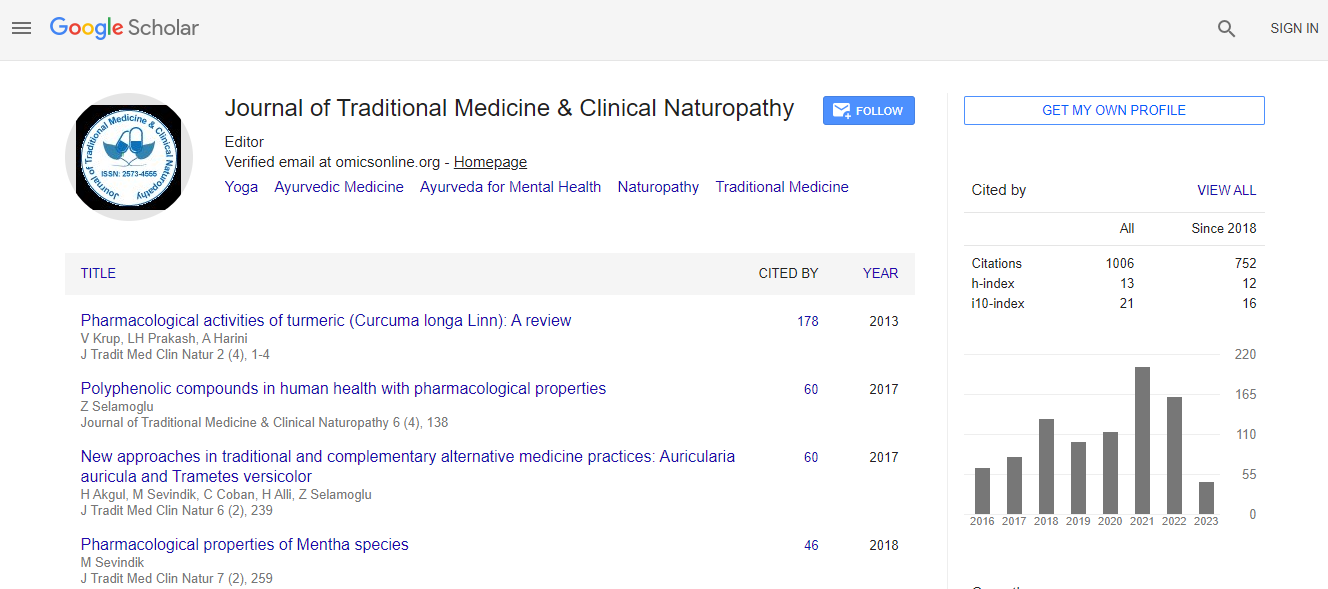A Single Case Study on Hypertrophic Lichen Planus and Its Ayurvedic Management
*Corresponding Author: Hari Krishna Shriwas, Department of Samhita siddhanta and Sanskrit, B.G. Garaiya Ayurvedic College Rajkot, Gujarat, India, Email: drharikrishna1987@gmail.comReceived Date: Nov 02, 2021 / Accepted Date: Nov 16, 2021 / Published Date: Nov 23, 2021
Citation: Shriwas HR, et al. A Single Case Study on Hypertrophic Lichen Planus and Its Ayurvedic Management, J Tradit Med Clin Natur. 10: 304
Copyright: Shriwas HR, et al. (2021). This is an open-access article distributed under the terms of the Creative Commons Attribution License, which permits unrestricted use, distribution, and reproduction in any medium, provided the original author and source are credited.
Abstract
Hypertrophic Lichen Planus (HLP) is a subacute or chronic variant of lichen planus (LP) of unknown etiology. It is an inflammatory disorder in which T‑lymphocytes attack the basal epidermis, producing characteristic clinical and histological lesions. It occurs in middle age, and women are commonly affected than men. It is characterized by epidermal hyperplasia in response to persistent itch and gets intense by stress. Squamous cell carcinoma, keratoacanthomas developing on the HLP of lower limbs have been reported. Most recent conventional treatment of the HLP and LP disorders consists the use of topical and systemic corticosteroid, psoralen and ultraviolet A therapy, immunosuppressant, systemic retinoid, cyclosporine, and acitretin. All these drugs are proved to reduce the symptoms temporarily. In Ayurveda, this condition may be considered under Charma Kushtha, a type of Kshudra Kushtha (minor skin diseases), due to the similarity in signs and symptoms with HLP. Charma Kushtha is dominant of Vata Dosha and Kapha Dosha. In this condition, the skin over the patch becomes thick like the skin of an elephant (lichenification).

 Spanish
Spanish  Chinese
Chinese  Russian
Russian  German
German  French
French  Japanese
Japanese  Portuguese
Portuguese  Hindi
Hindi 
